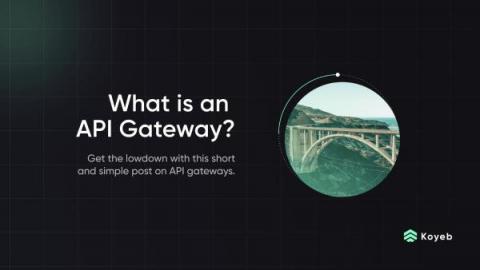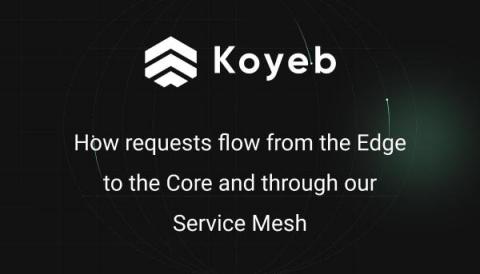Heroku's free tier legacy: The shoulders we stand on 15 years later
On August 15, 2022, we learned the shocking news that free Heroku Dynos, Heroku Postgres and Heroku Data for Redis will no longer be available and existing services will either need to upgrade to a paid service or find another hosting solution by November 28, 2022. Since its conception, Heroku has changed the way developers, hobbyists, students, and indie hackers deploy applications.











